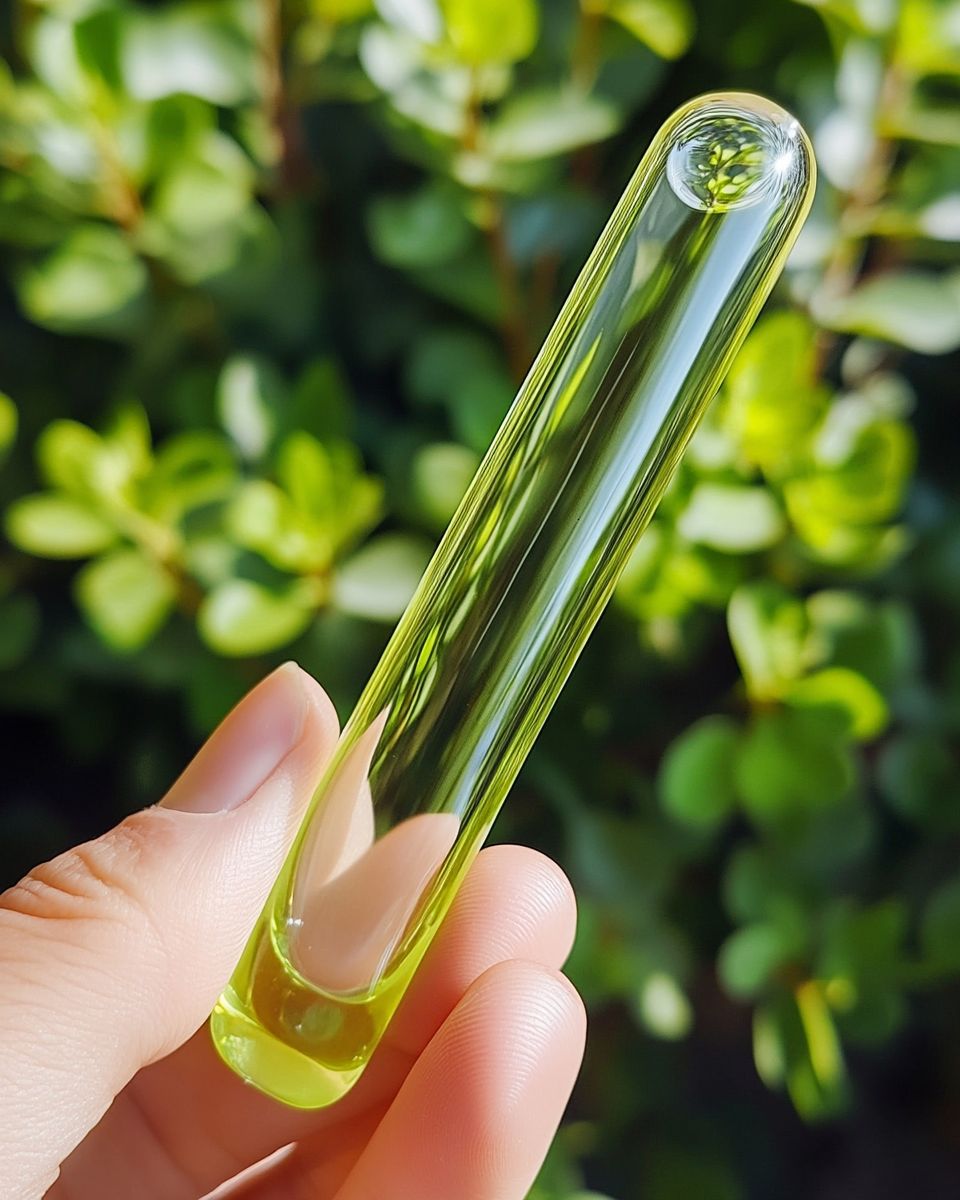Beyond culinary and bartending tools, the glass stick could be a component of an art installation or a piece of scientific equipment. Glass rods are used in various scientific experiments, particularly in chemistry and physics. Alternatively, it might be a decorative item that was part of a larger glasswork piece, accidentally or intentionally discarded in the woods.
Expert Opinions and Insights
To gain further insight, I consulted with experts in glassware and historical artifacts. A local historian suggested it might be a relic from a nearby settlement or homestead, while a glass artist speculated it could be a piece of art or a prototype. Their insights highlighted the object’s potential historical and artistic significance.
The Role of Glass in Art and Design
Glass has long been a favored medium for artists and designers due to its unique properties. Its transparency, malleability, and ability to capture light make it ideal for creating visually stunning pieces. The glass stick could be a remnant of an artistic endeavor, intended to evoke curiosity and wonder.
Safety Considerations and Handling
Handling unknown glass objects requires caution. Glass can be fragile and may have sharp edges if broken. It’s important to inspect the object for any cracks or weaknesses before handling it extensively. Wearing gloves and storing it in a safe place can prevent accidents and preserve its condition.
Conclusion: The Enigma of the Glass Stick
The glass stick remains an enigma, a mysterious artifact whose origins and purpose are yet to be definitively determined. Whether a forgotten kitchen tool, a piece of art, or a scientific instrument, its discovery adds a layer of intrigue to the woods. It serves as a reminder of the unexpected stories and histories that can be uncovered in the most unlikely places.

